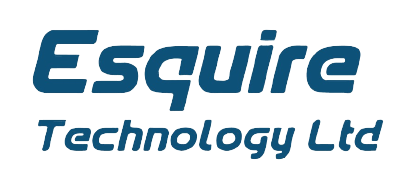- [email protected]
- Tejgaon I/A, Esquire Tower, Dhaka-1208
DevOps

Service Overview
DevOps, a portmanteau of "development" and "operations," is a set of practices, principles, and cultural philosophies aimed at improving collaboration and communication between software development teams and IT operations teams. It seeks to streamline the software delivery process, from code development to deployment and beyond, by emphasizing automation, continuous integration, continuous delivery (CI/CD), and collaboration.
Here's a detailed breakdown:
-
Culture: DevOps is as much about culture as it is about technology. It promotes a culture of collaboration, transparency, and shared responsibility among development, operations, and other stakeholders involved in the software delivery process. This cultural shift fosters trust, encourages experimentation, and enables teams to innovate and deliver value more rapidly and reliably.
-
Automation: Automation is a core tenet of DevOps. It involves automating repetitive tasks, such as code deployment, infrastructure provisioning, testing, and monitoring, to accelerate the software delivery pipeline and reduce manual errors. Automation tools range from configuration management tools like Ansible, Puppet, and Chef to CI/CD tools like Jenkins, GitLab CI/CD, and CircleCI.
-
Continuous Integration (CI): CI is the practice of frequently integrating code changes into a shared repository, where automated tests are run to detect and fix integration errors early in the development cycle. CI tools automate the build and test processes, enabling teams to validate changes quickly and maintain code quality.
-
Continuous Delivery (CD): CD extends CI by automating the delivery of code changes to production-like environments, where they undergo further testing and validation before being released to production. CD pipelines automate the deployment process, allowing teams to release software updates reliably and frequently with minimal manual intervention.
-
Infrastructure as Code (IaC): IaC is the practice of managing and provisioning infrastructure through machine-readable definition files, such as code or configuration files, rather than manual processes. Tools like Terraform, AWS CloudFormation, and Azure Resource Manager enable teams to define and manage infrastructure programmatically, promoting consistency, scalability, and repeatability.
-
Monitoring and Logging: DevOps emphasizes the importance of monitoring application and infrastructure performance in real-time and collecting logs and metrics to gain insights into system behavior and diagnose issues proactively. Monitoring tools like Prometheus, Grafana, and ELK Stack enable teams to monitor key performance indicators, detect anomalies, and troubleshoot issues efficiently.
-
Microservices and Containers: DevOps often aligns with the principles of microservices architecture and containerization. Microservices promote modular, loosely coupled architectures, enabling teams to develop, deploy, and scale services independently. Containers, managed by orchestration platforms like Kubernetes and Docker Swarm, provide lightweight, portable runtime environments that streamline deployment and resource utilization.
-
Security: Security is an integral part of DevOps, encompassing practices such as security code analysis, vulnerability scanning, and compliance automation. DevSecOps integrates security practices into the software delivery pipeline, ensuring that security considerations are addressed early and continuously throughout the development lifecycle.
-
Feedback and Continuous Improvement: DevOps promotes a culture of feedback and continuous improvement, where teams collect feedback from users, monitor system performance, and gather metrics to identify areas for enhancement. By embracing a feedback loop, teams can iterate rapidly, address issues promptly, and deliver value that aligns with user needs and business objectives.
Overall, DevOps represents a holistic approach to software delivery that combines cultural, organizational, and technical practices to enable teams to deliver high-quality software faster, more reliably, and with greater efficiency. It continues to evolve as new technologies and practices emerge, driving innovation and transformation across industries.

